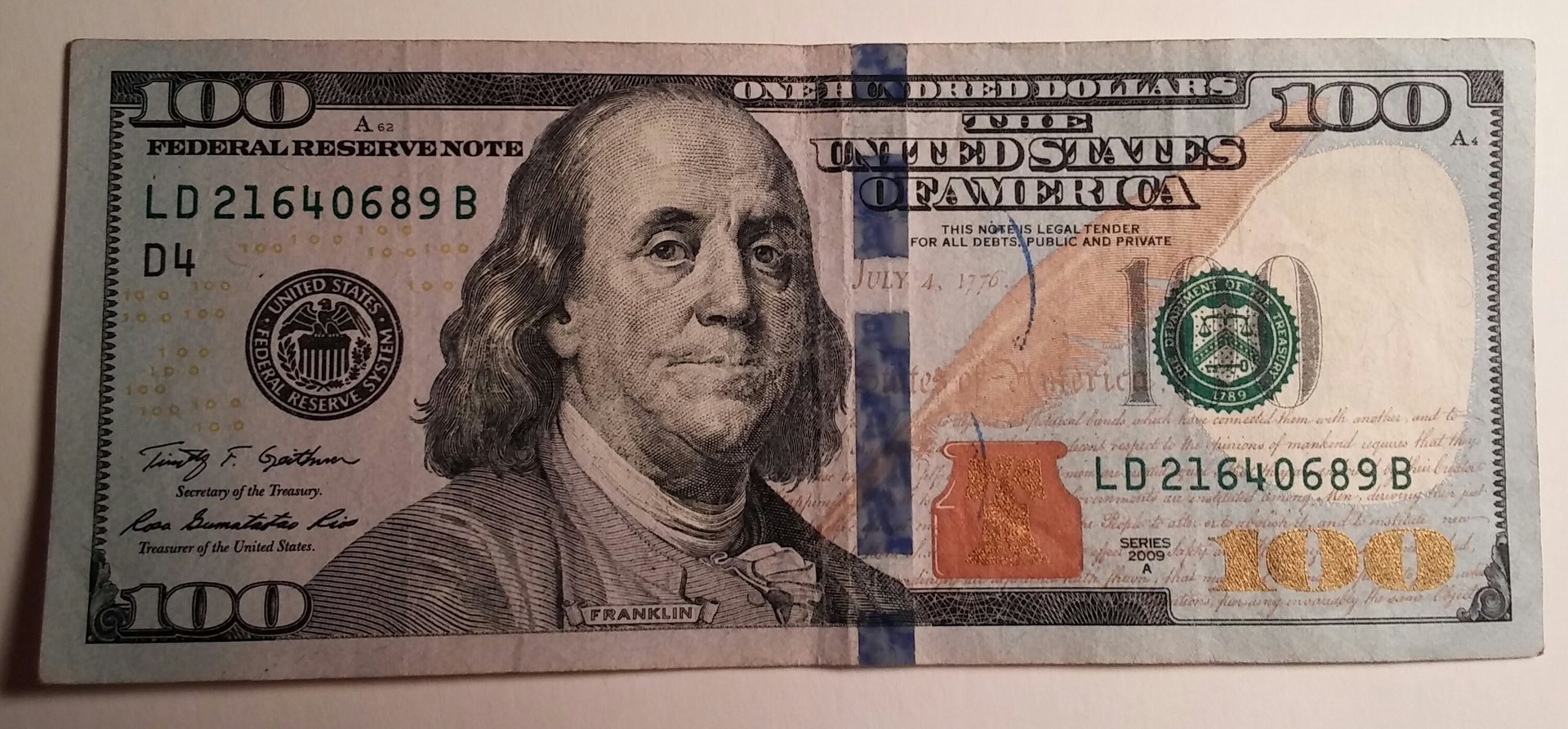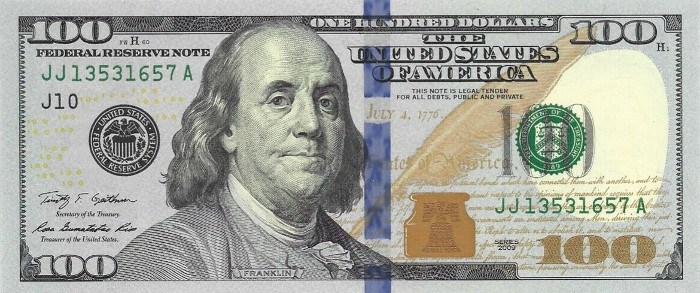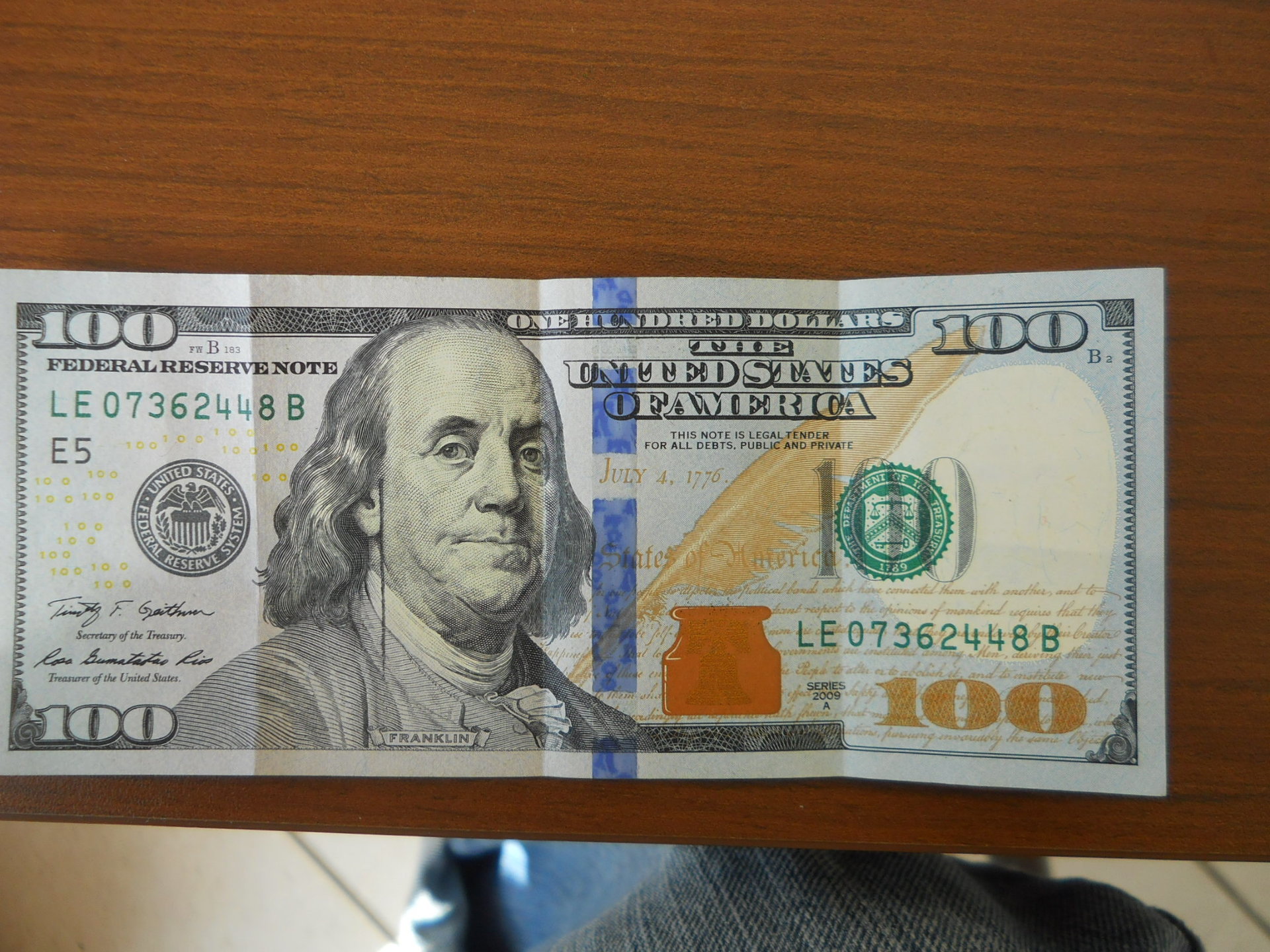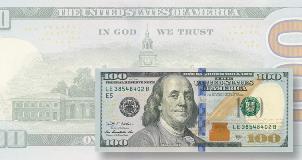The 2009 100 dollar bill value is a topic that piques the interest of both collectors and casual observers alike. While most one hundred dollar bills from the 2009 series hold little more value than their face value of $100, there are specific factors that can influence their worth significantly. These include the rarity of certain serial numbers, such as those associated with star notes, and the overall condition of the bill.
In this article, we will explore why certain 2009 $100 bills are worth more than others, and what collectors should look for when seeking out valuable specimens of this currency.
The Introduction Of The 2009 Series 100 Dollar Bill
The 2009 $100 bill was part of the Federal Reserve’s effort to redesign U.S. currency with new anti-counterfeiting measures. It features a number of cutting-edge security features, including color-shifting ink, a 3D security ribbon, and intricate microprinting.

These changes were designed to combat the increasing sophistication of counterfeiters and ensure the security of paper money.
However, the release of the 100 dollar bill was delayed due to production issues. Originally scheduled to be issued in February 2011, the bill was held back after a problem was discovered during the printing process.
When the paper was pulled outward, it created creases that left blank spaces on the face of some bills. Additionally, there was an issue known as “mashing,” where excess ink caused the artwork to appear blurry rather than sharp and crisp. These defects led to a quarantine of over $110 billion worth of the 2009 $100 bill.
What Is The Current Value Of A 2009 $100 Bill?
Most 2009 $100 bills are worth exactly $100 in their standard, circulated condition. While this may seem disappointing to some collectors, it’s important to note that the value of a bill increases dramatically depending on its condition. Uncirculated bills, particularly those with higher grades, may sell for a premium over their face value.
Specifically, a 2009 series $100 bill in uncirculated condition with a grade of MS 63 could be worth around $125.

However, the real gems are the star notes, which are replacement bills printed by the U.S. Federal Reserve in the event of errors during the printing process. These star notes are much rarer and can fetch higher prices than their regular counterparts.
For example, a star note from the 2009 series may be worth more than $150 in uncirculated condition.
Star Notes and Their Value
The most valuable 2009 $100 bills are those that bear the star note designation. A star note is easily identifiable by a star symbol that appears at the end of the serial number. These notes are typically printed to replace damaged or misprinted bills, which makes them rarer than the regular ones.
Due to their scarcity, star notes are often worth more than standard 100 dollar bills.
For instance, the 2009 series $100 star notes from specific Federal Reserve districts, such as Atlanta (denoted by the letter “F”) and Richmond (“E”), may command even higher prices. In uncirculated condition with an MS 63 grade, these star notes can be worth between $165 and $200.
The Unique Security Features of the 2009 Series $100 Bill
The 2009 series one hundred dollar bill includes several advanced security features that were designed to thwart counterfeiting efforts. These features include:
- Color-Shifting Ink: This innovative ink changes color when you tilt the bill, making it easier to verify the authenticity of the note.
- 3D Security Ribbon: A blue ribbon woven into the center of the bill, which features alternating images of the number 100 and Liberty Bells. This ribbon moves and changes as the bill is tilted.
- Portrait Watermark: A faint watermark of Benjamin Franklin’s portrait is visible when the bill is held up to light.
- Microprinting: Tiny text, which can only be seen under magnification, is included in various parts of the design.
These features were introduced to improve the security of U.S. money and make it more difficult to counterfeit. While these features do not directly impact the value of a $100 bill, they are part of what makes the 2009 bill stand out from earlier issues.
The Role of the Series 2009A $100 Bill
While the 2009 series $100 bill has gained attention for its security features and the printing issues that surrounded its release, the Series 2009A bills also play a significant role in understanding the value of these 100 dollar bills.
The 2009A series was introduced in October 2013, after the original 2009 bills were quarantined for further examination and corrections.
The 2009A bills are generally considered to be in better condition, with fewer errors compared to their 2009 counterparts. As a result, they may be more readily available in the market, and while their value may not be much higher than their face value, uncirculated 2009A $100 bills could still be worth a premium.
Why Condition Matters for the 2009 $100 Bill Value
As with all currency, the condition of a 100 dollar bill plays a major role in determining its value. A bill that has been circulated, creased, or otherwise damaged will typically only be worth its face value. However, a bill in perfect condition—free from folds, tears, or stains—will command a higher price.
Collectors often refer to bills in top condition as being “uncirculated” or “choice uncirculated,” which means they have never been used for transactions.

The grading system for paper money is an important factor when determining the value of a $100 bill. Bills that receive a grade of MS 63 or higher are considered to be in exceptional condition and may fetch a higher price in the marketplace.
Factors That Affect the Value of a 2009 $100 Bill
Several factors influence the value of a 2009 $100 bill. The most notable of these include:
- Star Notes: As mentioned earlier, star notes are rare replacement bills and are typically worth more than regular bills.
- Serial Numbers: Some collectors may be interested in certain serial numbers, such as those with unique patterns or low numbers. In rare cases, certain serial numbers can greatly increase a bill’s worth.
- Error Bills: Bills that have production errors, such as misprints or incorrect serial numbers, may be considered more valuable by collectors.
- Condition: The better the condition of the bill, the higher its potential value.
Conclusion: Is the 2009 $100 Bill Worth More Than Face Value?
The 2009 100 dollar bill value is largely dependent on the bill’s condition, rarity, and special features. While most bills in circulation are worth only their face value, uncirculated bills, star notes, and error bills can fetch much higher prices.
Collectors should look for bills with special serial numbers or rare production errors if they wish to find a $100 bill worth more than the typical amount. Understanding the unique features of the 2009 $100 bill and knowing how to spot a rare one hundred dollar bill can be the key to building a valuable collection.

